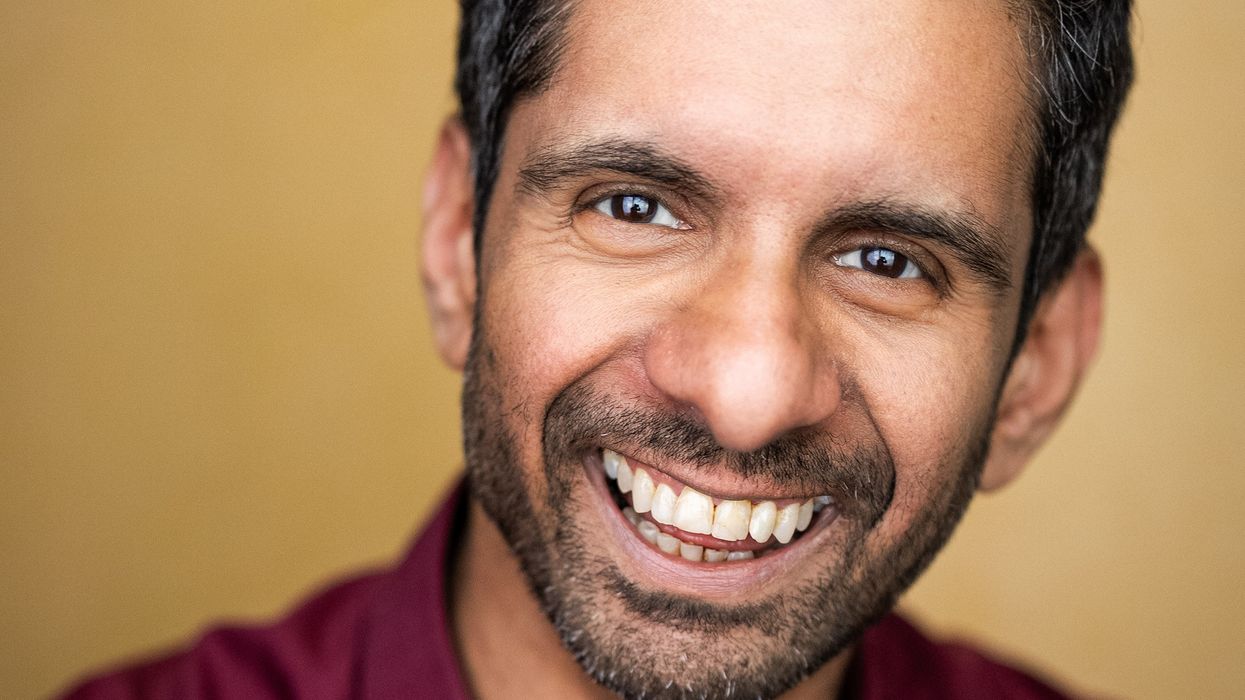Why Visionary Leaders Embrace Change Before It Becomes Urgent
Most leaders don’t ignore change because they’re indifferent — they ignore it because, in the moment, it doesn’t feel pressing. When the figures look positive and operations are ticking along, making time for possibility can seem indulgent. But this is exactly what sets visionary leaders apart from the merely competent: they create space to reimagine before crisis demands it.
Visionary leaders don’t wait for pain to provoke action. They respond when everything still appears fine — when most are coasting. They understand that comfort breeds complacency, and complacency is where innovation goes to die.
So why do we rarely see organisations implementing meaningful change when everything’s “working”?
Because change feels riskier than routine. Leaders are rewarded for short-term results, not long-term vision. Teams are trained to solve problems, not to explore potential. And entire cultures are built to preserve stability — not challenge it.
But possibility doesn’t live in the safe and stable. It lives in those slightly unhinged questions: “What if we…?”, “Why don’t we…?”, “Wouldn’t it be wild if…?” It lies in the courage to stray from the well-trodden path and consider what might lie beyond the familiar.
Visionary leaders don’t just tolerate this thinking — they actively foster it. They rewrite cultural norms that say “Don’t rock the boat” and replace them with “Let’s see what else is possible.” They interrupt patterns that reward efficiency over imagination. They make exploration acceptable, even without immediate returns.
Here’s what that looks like in practice:
- They protect time for thinking, not just doing.
They know innovation isn’t a task to be ticked off — it requires white space, uninterrupted time, and freedom from constant urgency. Visionary leaders defend this space, decline unnecessary meetings, and encourage their teams to pause, reflect, and reframe. Deep thinking is treated as essential — just like budget reviews. - They encourage assumptions to be challenged — even when things are going well.
Waiting for problems means always reacting, never inventing. Visionary leaders embed a habit of questioning the status quo. They regularly ask, “What are we assuming that might not be true?” and welcome differing viewpoints before consensus takes over. They know that asking the right questions is itself a creative act. - They shift language from certainty to curiosity.
Questions like “What if…” and “Why not…” signal momentum rather than distraction. Over time, this shift reshapes team dynamics — fear of being wrong is replaced by excitement about exploration. Visionary leaders praise bold suggestions and challenge norms. They swap “prove it” for “explore it”, inviting discovery over defensiveness. - They reward experimentation, not just outcomes.
Even small trials are celebrated — not for being correct, but for being courageous. These leaders value learning over perfection and embed reflection into their processes. They ask, “What surprised us?” and “What might we try differently next time?” Progress is seen as cumulative, not instant. - They lead by example.
Visionary leaders model what they expect — giving others permission to step into possibility. They visibly wrestle with ambiguity, question their own thinking, and stay open to ideas without immediate resolution. They don’t just talk about vision — they live it, making curiosity feel safe, supported, and worthwhile.
In sectors like healthcare, pharmaceuticals, or financial services — where the stakes are high and the margin for error is slim — it’s tempting to prioritise predictability. But these are precisely the environments that most need leaders who can anticipate what’s ahead.
Creating change before it’s urgent isn’t reckless — it’s responsible. It’s how organisations adapt instead of react. Lead instead of follow. Shape the future rather than just survive it.
If your team only innovates during crises, you’re not leading — you’re firefighting. Visionary leaders don’t wait for permission. They look beyond what’s working to uncover what’s possible.

(Susan Robertson helps individuals, teams, and organisations Live in Possibility™ so they can navigate change more effectively. She teaches applied creativity at Harvard, combining scientific insight with real-world application. Find out more at www.SusanRobertsonSpeaker.com.)






 Inside the Kerala actress assault case and the reckoning it triggered in Malayalam cinema AI Generated
Inside the Kerala actress assault case and the reckoning it triggered in Malayalam cinema AI Generated 
 Actor-producer Dileep was arrested on 10 JulyYoutube Screengrab/Kerala Kaumudi
Actor-producer Dileep was arrested on 10 JulyYoutube Screengrab/Kerala Kaumudi Members of the Women in Cinema Collective (WCC) meeting with the Chief Minister of KeralaInstagram/
Members of the Women in Cinema Collective (WCC) meeting with the Chief Minister of KeralaInstagram/ Actor Dileep and whistleblower Balachandra Kumar, whose testimony and disclosures played a crucial role in advancing the investigation Youtube Screengrab/Kerala Kaumudi
Actor Dileep and whistleblower Balachandra Kumar, whose testimony and disclosures played a crucial role in advancing the investigation Youtube Screengrab/Kerala Kaumudi Dileep coming out of the court after the verdict Instagram/
Dileep coming out of the court after the verdict Instagram/ Advocates T. B. Mini and Aja Kumar, representing the survivor in the Kerala actress assault caseYoutube Screengrabs/ Oneindia Malayalam
Advocates T. B. Mini and Aja Kumar, representing the survivor in the Kerala actress assault caseYoutube Screengrabs/ Oneindia Malayalam Four of the six convicted accused in the Kerala actress assault case Youtube Screengrabs/ 24 News
Four of the six convicted accused in the Kerala actress assault case Youtube Screengrabs/ 24 News  Film personalities and activists gather at the Tagore Theatre to reject the court\u2019s decision and demand systemic change for women\u2019s safety Instagram Screengrab/onmanorama
Film personalities and activists gather at the Tagore Theatre to reject the court\u2019s decision and demand systemic change for women\u2019s safety Instagram Screengrab/onmanorama  How one survivor’s fight shook an entire industryAI Generated
How one survivor’s fight shook an entire industryAI Generated





